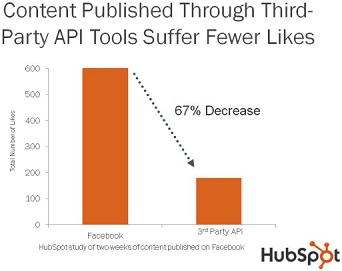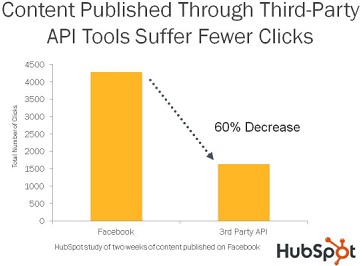 Marketing on the social media different channels is obviously crucial (hopefully you knew that already) for anybody who works online whether if you a webmaster, a blogger, a marketer or anything else involving the web. Ignoring it is simply ignorance.
Marketing on the social media different channels is obviously crucial (hopefully you knew that already) for anybody who works online whether if you a webmaster, a blogger, a marketer or anything else involving the web. Ignoring it is simply ignorance.
And so the question isn’t IF to engage with social media marketing or not, but HOW.
Why Third-Party Tools?
The problem with marketing on the social media is that it can really be time consuming, especially for small businesses with limited resources and manpower. There are so many social networks with different characteristics such as Facebook, Twitter, Google+ and the new rising star Pinterest which makes the task very complex.
And this is where third-party apps and tools comes in. These kind of tools allows easy, fast and mostly automatic posting to the different social media channels. Just to be very clear, I’m talking about the LEGITIMATE ones and not the ones who will get you sued (“unique Tweets generator”, “multiple accounts creators”, etc).
But how effective those third-party tools actually are? Is there any difference in the users engagement when using third-party tools instead of manual posting? I already touched this issue last year when a study revealed that using third-party apps on Facebook resulted 80% reduction in engagement.
However, since time has passed from last year’s study, third-party tools have improved and developed so it might be a good idea to take a fresher glance on this topic.
Fresh Data On Third-Party Tools’ Effectiveness
Last week, the inbound marketing software, HubSpot, released the findings of a new research about using third-party tools compared to manual posting on Facebook. For two weeks, four times a day, the HubSpot team compared the level of engagement of new posts between auto-posting (third party tools) and manual posting.
They have used the company’s own social media tools and another “very popular tool from a different company”. After quick inquiry, I found out it was HootSuite (which is indeed a very popular social management dashboard). The fact they used two different tools, makes this study more reliable (less dependency on one source).
Here are the results of manual vs auto (third-party tools) posting on Facebook regarding users’ “Likes”:

You can see that there is a giant difference in effectiveness when manually posting against auto posting- Auto posting drives 67% fewer “Likes”! Even though it’s less than the 80% reduction of the prior study, the gap remains huge. Let’s see the difference in terms of click-through rate:

Again, pretty decisive findings- There is 60% decrease in click-through rate when using third-party tools compared to manual posting. But why there is such a tremendous gap between third-party tools posting and manual posting? I could think about the following reasons:
- EdgeRank Algorithm- Facebook using an algorithm called EdgeRank that decides which contents to feature for the users. The EdgeRank algorithm might reducing the importance of posts when they are published via third-party tools.
- Timing- Even though many third-party tools are allowing to time posting, it still isn’t as effective as exactly timing it yourself when identifying the best “rush hours”.
- Post Optimizing- When manually submitting a post, it is possible to completely optimizing it (image, text) while third-party tools are generating the posts automatically.
- Added Value- Manual submission allows to add more content besides the auto-generated content.
For conclusion, third-party tools and apps might saves a lot of time but according to two different studies it comes on the expense of user engagement. Make your priorities.